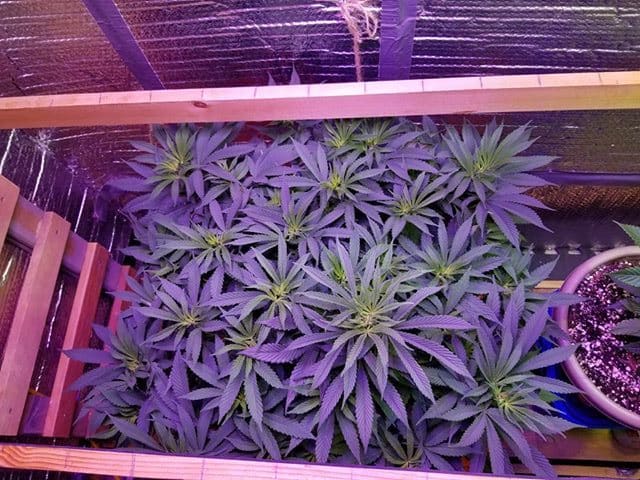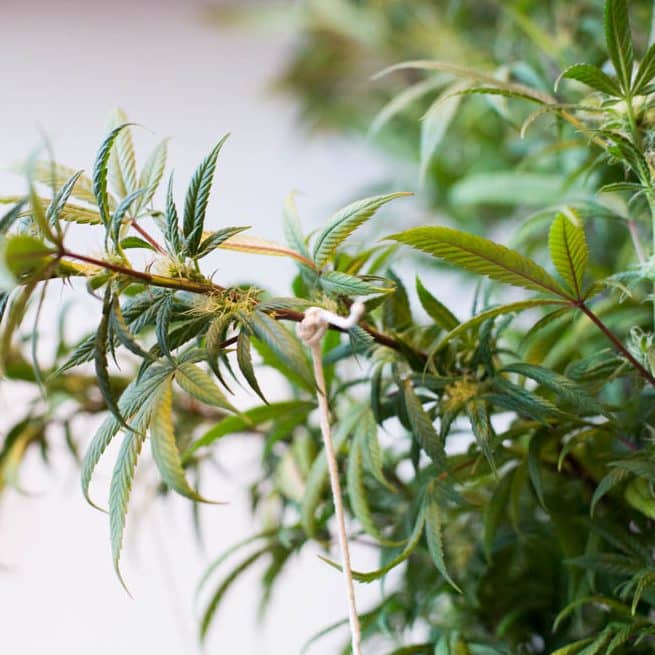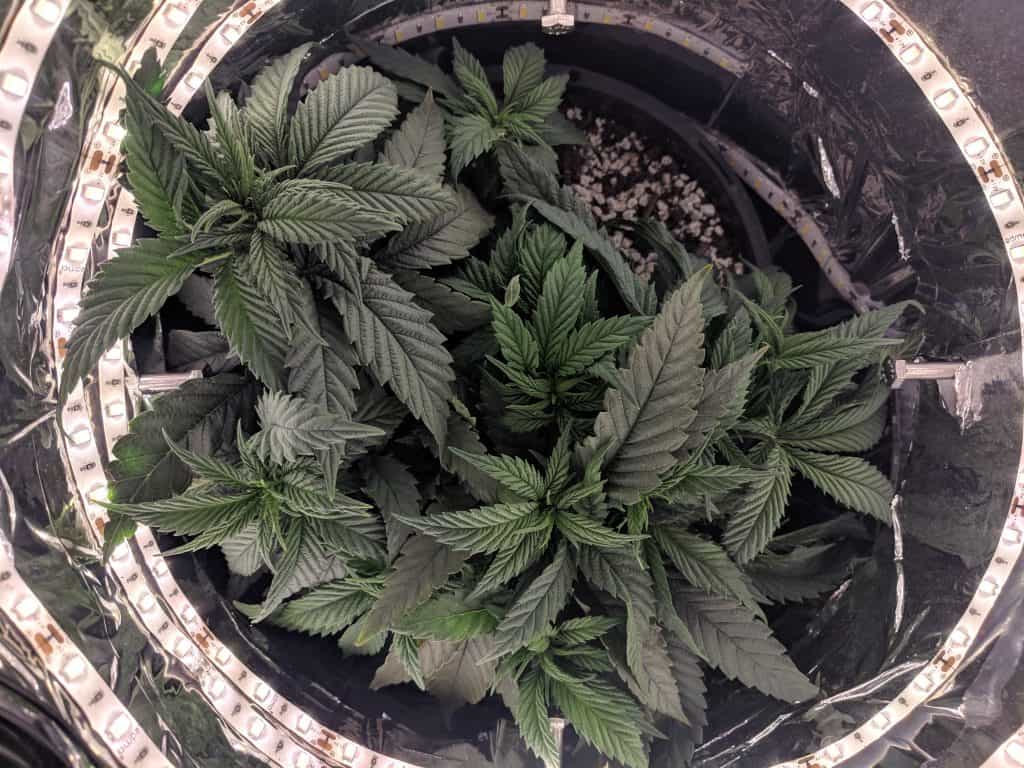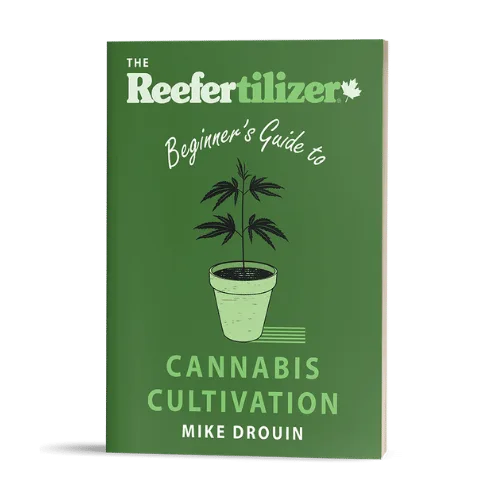Getting Started, Growing Tips
How Much Light Do Cannabis Plants Need?
Regardless of whether you are just starting your first grow, or if you are an experienced cannabis grower, knowing how much light to give your plants can be tricky.
Light is an essential part of plant growth. Inadequate lighting can seriously stunt your plant’s ability to grow, and most importantly, to maximize flower bud production. However, too much light can result in visible burns (color changes), causing damage to the plant and deteriorating its overall health (and consequentially bud production).
Exactly how much light you should give your plants, and how it should be distributed, usually depends on a number of factors. When selecting grow lights you should carefully consider things like the size of the canopy area, the wattage required per square foot, and how the light will be optimized.
The Canopy Area
The canopy area is effectively the uppermost layer of leaves in your grow. As your plants mature and expand, so too will their overall canopy area. Your grow’s canopy area is an important factor in calculating exactly how much light is needed in your grow room, and how it needs to be distributed. The canopy is the part of the plant that is most exposed to sunlight from above. As such, an overgrowth of the canopy can significantly reduce a plant’s ability to absorb light at lower levels. Figuring out how to manage the lighting of your canopy area is crucial to ensuring that all of your plants get enough light. Training techniques like LST (low-stress training) can help to manage plant growth and optimize light distribution. Keeping overgrowth in check will allow light rays to reach further through the canopy towards more kola sites. Additionally, in order to optimize light distribution over the canopy area, lights should be correctly spaced out. Spacing light out evenly over the area of the canopy is recommended in order to ensure that all plants are receiving adequate amounts of light.

In order to calculate the amount of wattage required to light your grow, you will need to calculate the total area of your canopy. To do this, simply measure the length of the canopy and the width of the canopy, and multiply them together. Once you have calculated the area of your canopy, it is time to calculate the amount of wattage you will require to properly light it.
Calculating Wattage
The best way to figure out precise light requirements is to calculate the ‘watts per square foot’ that your plants will require. It is generally accepted that your canopy should receive between 50-75 watts per square foot of lighting. You should always remember to give each plant 4 square feet of space to grow and mature. This will be necessary in order to maximize flower bud production and should be factored into your calculations. To account for this, simply take the total square feet you have calculated and divide it by 4. This should give you the total wattage required per plant. To find your final wattage requirement, take the square footage of each individual plant and multiply it by the number of watts you wish to distribute per plant. Don’t forget to equip your grow room with the proper ventilation equipment to handle all of your lights. The larger your canopy area, the more lights you will need, and the more heat that will be produced. As such, cooling and ventilation should be a primary consideration for large grows.According to the above formula, one plant would require a minimum of 200 – 300 Watts of light power.
Ways to Optimize Light for Cannabis
A large canopy area should not prevent your plants from receiving adequate light. Though your canopy may block light from getting through, there are numerous ways to work around this.
One way is by adding additional CFLs (Compact Fluorescent Lamp) or LED lighting strips around your plants. This way, even if your plants are not getting light from above, they are at least getting it from the sides.
Another option is to layer parts of your grow room with reflective material like aluminum foil. Having reflective material in the right places will allow light to bounce around and reach spots it otherwise wouldn’t. Most commercial grow tents already come equipped with reflective mylar material on the inside.

Growing Outdoors
Even if you are growing outdoors, developing a lighting plan before you start is a good idea.
Positioning your plants so that they have access to adequate light is one of the most important things to remember when growing outdoors. If you have space, one way of doing this is by planting on a hill that faces southwards, as this will maximize light during the day.
Growing on a balcony or ledge is also possible, assuming that there is nothing obstructing your plants from receiving enough light during the day.
If you think your outdoor plants might struggle getting enough light, you should seriously consider growing an autoflowering strain. The consequences of inadequate light are less severe for autoflowering plants than for regular ones. Even with inadequate light, an autoflowering plant can still progress through all of its natural growth stages on time.
If you want to learn even more about growing good cannabis, we offer a free 40+ page guide full of images.
Now available on Amazon.
Sign up for our newsletter and download the digital copy today!

This guide will answer many questions about growing cannabis, like the following...
✔ Selecting Seeds
✔ Identify and Correct Problems
✔ Maximize Yield
✔ Much More...
Get a Chance to INSTANTLY WIN a Reefertilizer Nutrient Kit When You Sign Up.


